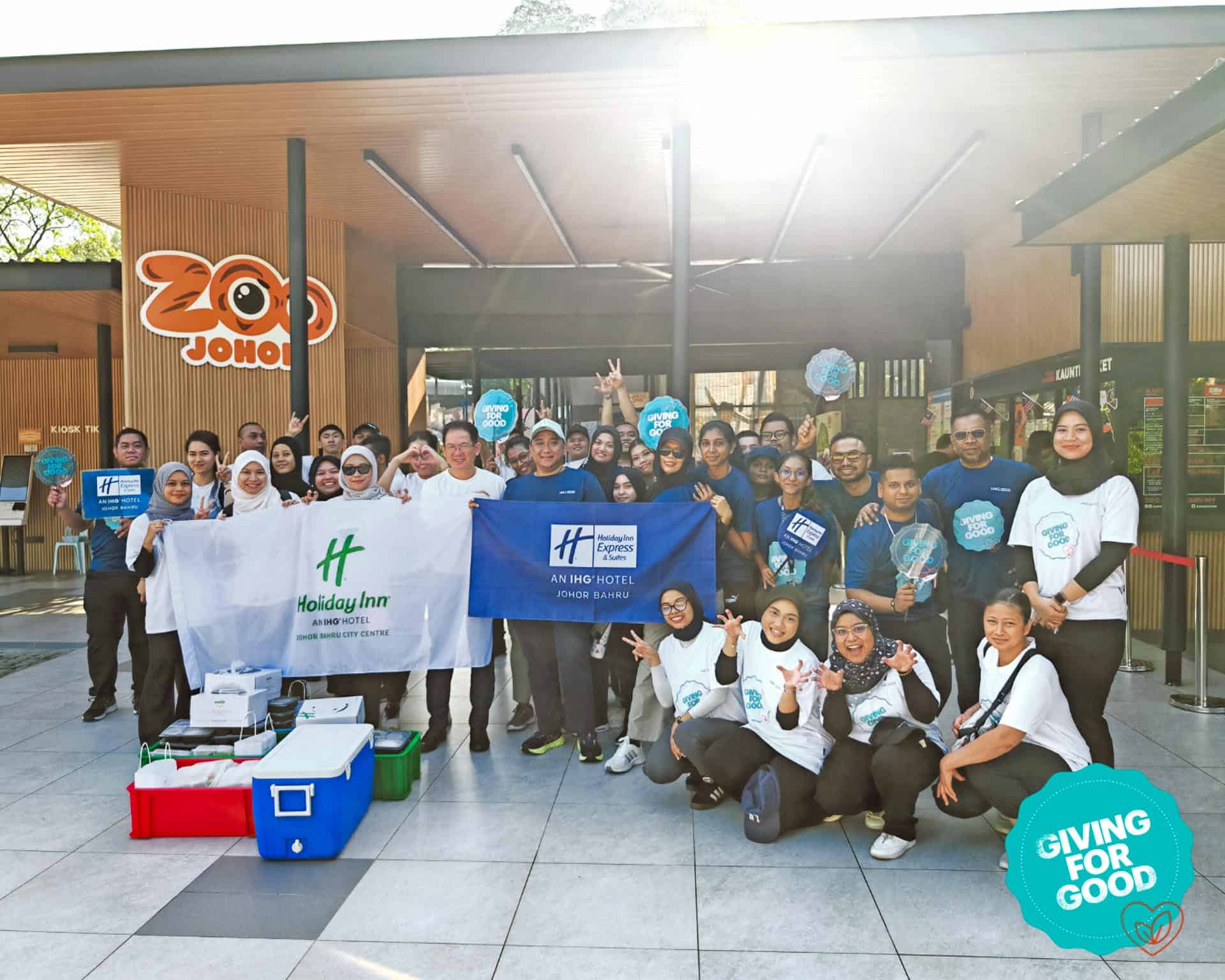
The pandemic has transformed the way young students learn. As Malaysia slowly goes through its recovery phases, both students and employees are starting to head towards some degree of normalcy.
For young children who have been learning digitally for the past few months, going back to school while adhering to strict social distancing protocols can be challenging. Schools also face their own challenges as they address the gap in digital and physical classroom experience by creating a more hybrid learning classroom with the combined use of digital and physical teaching means.
When creating a safe and conducive environment for these students, interactive projectors continue to be instrumental in enabling productivity and collaboration in classrooms.
Utilise projector technology for a socially distanced classroom
The new reality inside a classroom will feature desks that are at least 1.5 meters apart with students in their protective gear, discouraged from unnecessary physical interaction. Therefore, one of the biggest challenges right now would be to ensure the balance between safety and effectiveness at the same time. Measures should be in place to do this properly and projection solutions suit these measures.
One way to do is to opt for a larger screen size. In fact, an Epson study showed that 84% of the students surveyed found it difficult to read content in class occasionally. Now, with greater distances in place, it’s important to consider how it could negatively impact a student’s learning experience[1]. Used in many local classrooms, Epson projectors promises uninterrupted presentations with the ability to project clear images up to 120-inches. With 3,000 lumens color light output that enhances both brightness and resolution, images remain clear even with increased display size.
A common challenge for classrooms to utilise projection technology is the space limitations – but this is untrue. Projectors with flexible screen sizes can be adjusted according to the 4/6/8 rule[2] – which allows for a scalable display screen depending on classroom size, enabling everyone to view without hindrance. With larger screen size and a wider viewing angle, students can adhere to safe distancing measures while maintaining optimal viewing experience.
Fostering collaboration and Digital Play in a hybrid classroom
Besides safety concern, more advanced projectors usually come with in-built interactive technology that foster greater collaboration. For example, the Epson iProjection App comes with a multi-projection function which enables students and teachers to collaborate efficiently while keeping a safe distance, allowing them to annotate from their seats. Other multi-location collaboration function in Epson’s interactive projector line also provides real-time synchronized interactivity on up to four projectors in different locations. This means that students and teachers in separate classrooms can use the screen-sharing function to collaborate and share the same content virtually.
Interactive projectors can also enhance learning experience, especially for children, providing them access to digital technology in a hybrid classroom. Research shows that children especially between the ages of 1 to 6 love repetition.[3] Matters that may seem dry to adults is an exciting experience for them, and repetition helps them to understand it better. For example, the more they practice certain concepts (such as shapes, colours, and counts), the more they become predictable and familiar. This process is known as Play, Learn and Repeat.
Digital tools can help to easily recreate experiences in a physical space, helping children to learn new concepts through repetitive replays or interaction. Though, high level of Digital Play would require children to spend more time with screens. Because of this, a projector is much recommended due to its larger screen size and lesser blue light emission. This can help to avoid eye strain and loss of focus – common issues found in younger children today. [4]
Creating a pandemic-proof classroom with the right technology
As we slowly recover and reopen schools nationwide, classrooms today will have to implement strict safety measures to ensure the health and wellbeing of children and teachers.
Consistent sanitisation is one of the top priorities, and this means that education institutions have to take into account the equipment in a classroom and ensuring that they can be easily disinfected. For example, surfaces such as whiteboards and walls can be easily disinfected compared to flat panel displays. As we continue to adapt to a post-pandemic normal, technology will be an increasingly important foundational pillar in many areas. Education institutions must also look into investing in innovative solutions to shape classrooms that are pandemic-proof in the long run.
[1] Epson White Paper: Interactive Learning Driven by Technology, page 8, 2021.
[2] https://www.epson.com.my/displaysizematters-education?pg=2#sn
[3] https://www.unicef.org/sites/default/files/2018-12/UNICEF-Lego-Foundation-Learning-through-Play.pdf
[4] https://www.hindustantimes.com/fitness/dear-parents-watch-out-for-these-9-signs-that-indicate-your-kid-needs-an-eye-test/story-qbjFs7Z1gzHfq245ZRpz6M.html